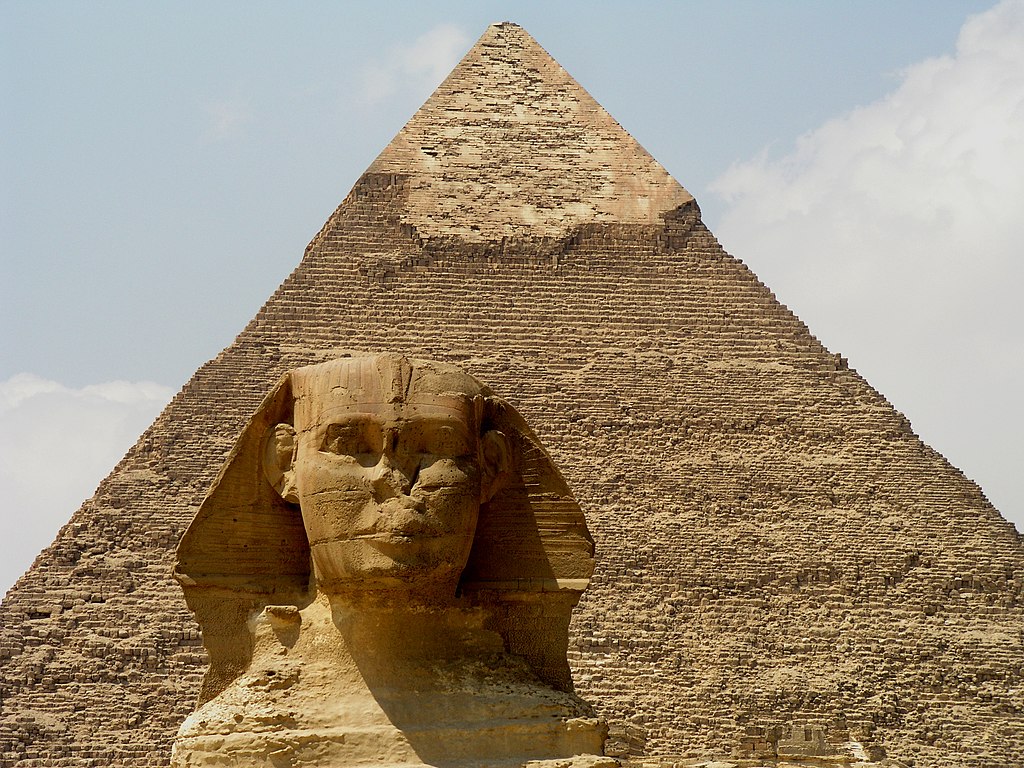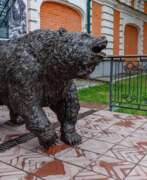Monumentalism

Monumentalism
Monumentalism, as an architectural and artistic movement, emerged in the first half of the 20th century, drawing its primary inspiration from classicism and neoclassicism. Critics categorize this style into two main streams: Neo-Baroque and Simplified Neoclassicism.
Neo-Baroque, also known as Baroque Revival, is characterized by a return to the grandeur of the 18th century, with an emphasis on large proportions and ornamental friezes. This style was prevalent in the public architecture of the Soviet Union, especially in the buildings of central party committees in cities like Leningrad and Kiev. Its primary feature is the celebration of the regime through a scenographic vision of architectural space, prioritizing the overall visual impact over the buildings' planimetric composition.
Simplified Neoclassicism, or Novecento Italiano style, retains a link to classical architectural culture but with a minimalist approach, reducing or simplifying decoration. Preferred by totalitarian regimes for its efficacy in conveying a sense of grandeur and authority, this style exalts elements reminiscent of the Roman age, particularly in Italy. Key examples of this style include the university city of Rome and the reconstruction of historic centers like Via della Conciliazione. The architectural style is marked by symmetrical and blocked plans, gigantism of proportions, and an emphasis on scenographic vision.
In the broader context of art, Monumentalism is often associated with the use of large, imposing structures or monuments to convey a sense of power, grandeur, or reverence, particularly in religious architecture. It is also seen in the design of public spaces such as parks and plazas, with a focus on creating awe-inspiring environments.
Interestingly, some critics extend the concept of Monumentalism to certain expressions within the Modern Movement, where symmetry, repetition, and monumental rhythm play a key role, as seen in the works of architects like Mies van der Rohe and Italian Rationalists.
The use of Monumentalism, therefore, spans various domains, from architecture and urban planning to sculpture and art, reflecting the ideology of grandeur, power, and permanence.
For those interested in exploring more about Monumentalism in architecture and art, or looking to stay informed about new developments and events related to this movement, signing up for updates can be a great way to stay connected with this intriguing and impactful style.
| Country: | Africa, America, Asia, Europe |
|---|---|
| Start of the period: | III millennium BC |

